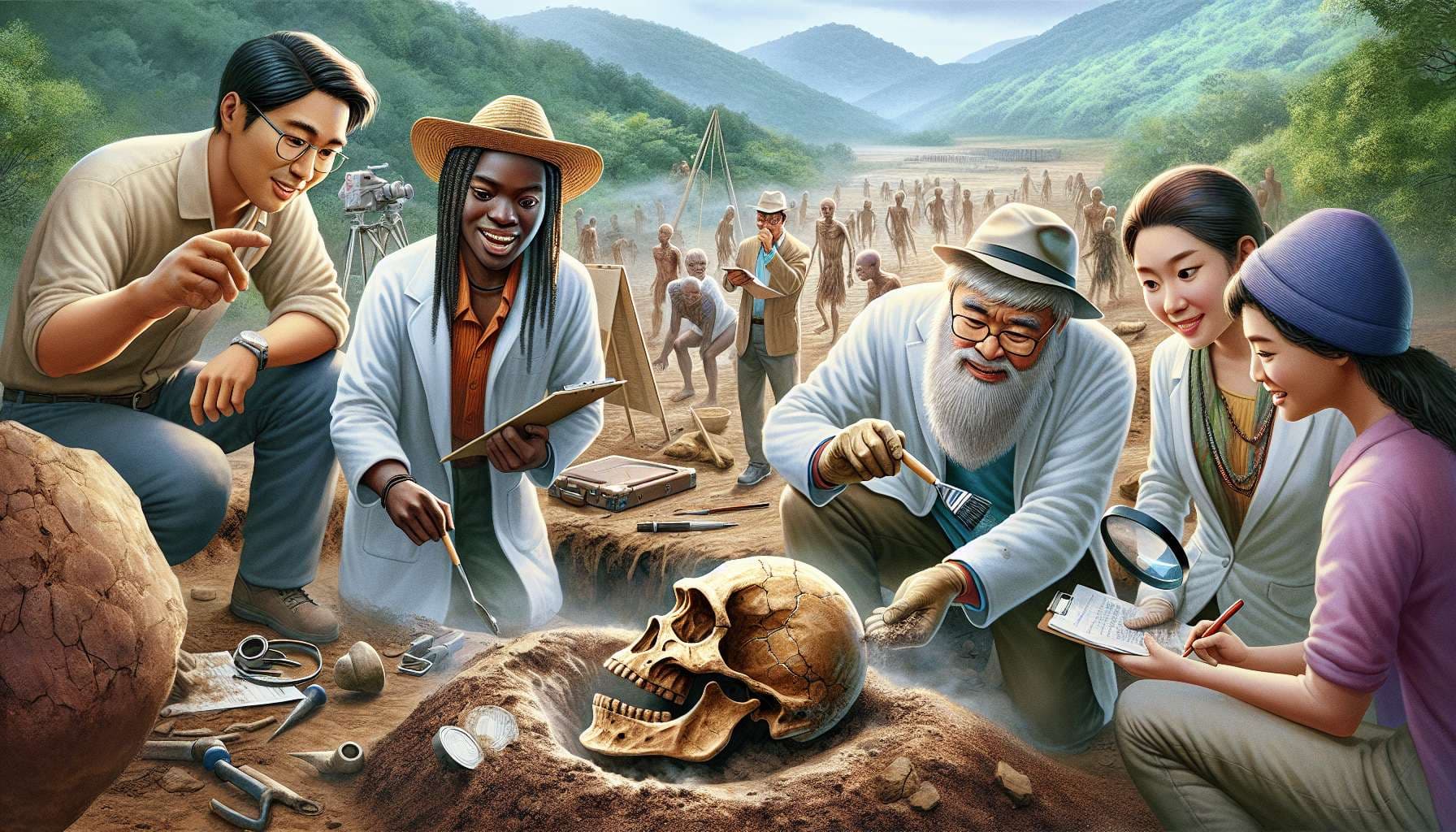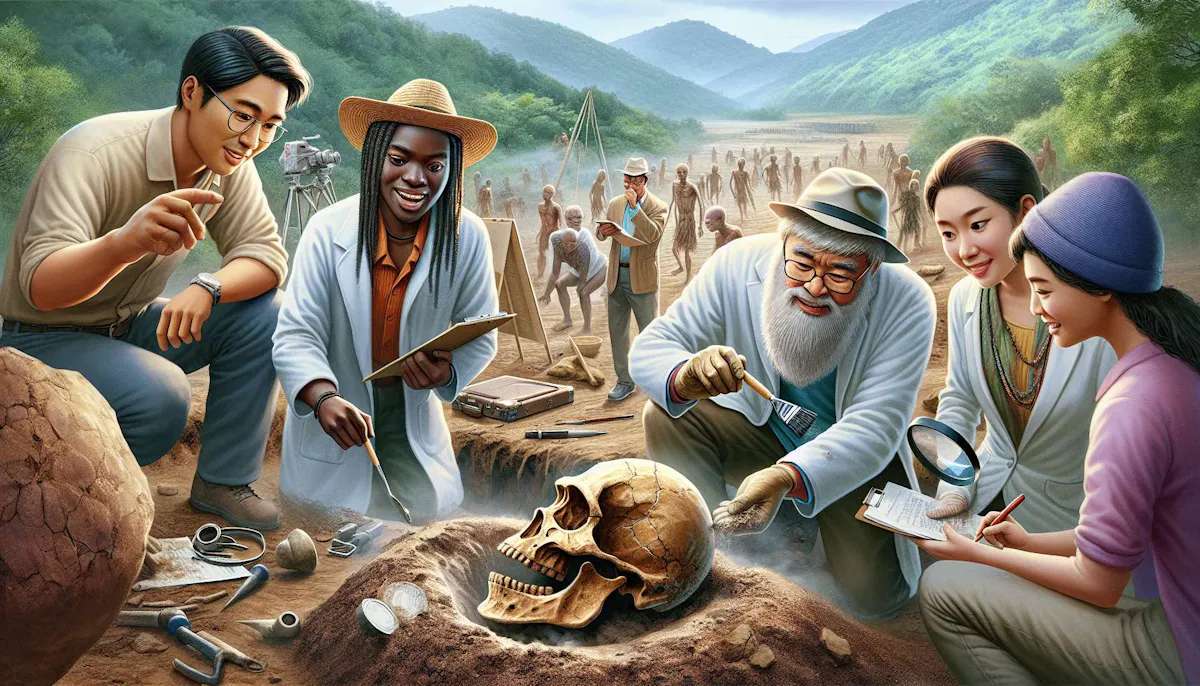
Background and motivation
Over the past century humanity has made extraordinary progress in understanding the evolution of our recent ancestors.
We have unearthed considerable fossil records of several key ancestor species, such as Australopithecus afarensis, Homo habilis, Homo erectus, Homo heidelbergensis, Homo neanderthalensis, and ourselves, Homo sapiens.
There are also much sparser and fragmentary fossil records of numerous additional proposed species, though it is uncertain and controversial whether they are indeed new species in their own right, subspecies, or even just natural variation within existing classifications, such as Homo rudolfensis, Homo ergaster, Homo rhodesiensis, Homo georgicus, Homo antecessor, Homo cepranensis, Homo pekinensis, and Homo longi.
Denisovans (proposed species name Homo denisova) are unique in that despite so far having a very sparse fossil record, we know from the geographic / temporal spread of the fossils, and the significant genetic influence on modern day Papuans and Melanesians, that they must have had a large presence across Asia comparable to Neanderthals in Europe and the Near East. We have made predictions about their appearance from genetic evidence, but we still do not know for certain. Perhaps discoveries over the coming decade with the help of ever more advanced technology will shine light on this.
Resolution criteria clarifications
Individual here means the scientific community leans towards the given set of fossils being from a single being.
Discovered here covers both fossils that are newly excavated within the time window and already excavated in the past, as long as they are first officially identified by the scientific community as being Denisovan within the time window. For context, according to Wikipedia (https://en.wikipedia.org/wiki/Denisovan#Specimens), so far Denisovan fossils have been identified in 2010 (2 fossils), 2015, 2016, 2017, 2019, 2022, and 2024, with 2 fossils pending.
The number of bones includes teeth and immobile bones (such as those of the brain case), and counts multiple fragments of a single bone as just one bone.
If upon further research Denisovans are reclassified as a subspecies of another e.g. Homo neanderthalensis denisova, then the market still stands, but if they are disbanded as a group entirely, then I may have to n/a the market.
